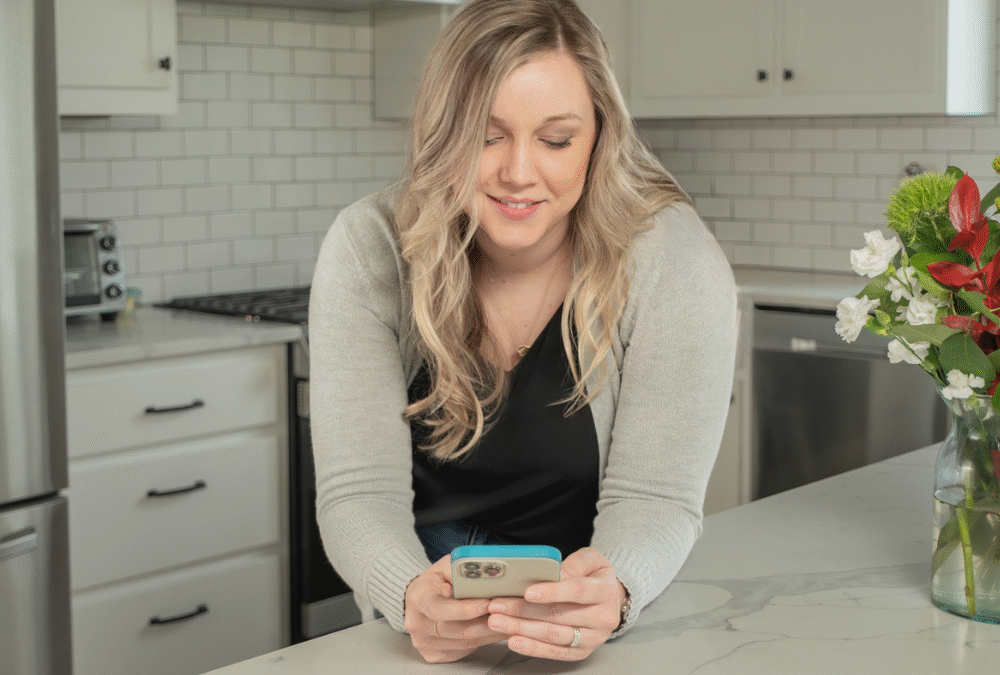The Boosting Trap: Boosting Posts vs Facebook Ads
Ever hit that little blue “Boost Post” button and felt like you just checked marketing off your to-do list? You’re not alone. Boosting posts feels quick, easy, and oddly satisfying—like you’re finally doing something for your business.
But here’s the catch: boosting posts vs Facebook ads isn’t the same thing. While boosting might give you likes and views, it rarely brings in paying customers. It’s like tossing cash into a wishing well and hoping it magically comes back multiplied.
So why does this happen? Let’s talk about it.
Most Business Owners Miss This Key Difference
Here’s the truth: boosting posts gives the illusion of advertising, but it’s really just paying to make your post more visible. You don’t have much control over who sees it, when they see it, or what action they take.
I’ve been there. Back in my corporate marketing days, I boosted posts thinking it was the “easy win.” I thought more reach meant more results. Instead, I got vanity metrics—numbers that looked good in a report but didn’t actually move the needle.
Sound familiar?
If this feels like you, you’re not alone. Many small business owners mistake boosting posts for advertising because Meta makes it so simple. But when we compare boosting posts vs Facebook ads, the gap is huge.
Why Boosting Posts Feels So Tempting
Boosting posts is tempting because it’s:
-
Fast – just a couple of clicks.
-
Simple – no confusing dashboards or settings.
-
Rewarding – seeing likes and hearts roll in feels good.
However, those likes rarely turn into customers. Boosting posts is like handing out flyers on a crowded street. Sure, people might glance at it—but are they the right people? And are they ready to buy?
For real growth, you need Facebook ads that reach your audience with strategy and purpose.
Boosting Posts vs Facebook Ads: The Real Difference
Here’s what most entrepreneurs don’t realize: boosting posts and running ads are built for two completely different purposes.
-
Boosting Posts increases visibility of a single post.
-
Facebook Ads build a strategic campaign designed to drive a specific action—like sales, leads, or sign-ups.
When you boost, Facebook chooses most of the targeting for you. When you run ads, you control everything:
-
Who sees them (demographics, interests, behaviors)
-
Where they appear (Feed, Stories, Reels, Messenger)
-
What they drive (purchases, sign-ups, appointments)
Think of it this way: boosting posts is like flipping a light switch. Running Facebook ads is like wiring the entire system that powers your business.
For more on this comparison, visit Meta’s official guide to boosting vs ads.
What Changed for Me
After wasting time boosting posts, I decided to get serious about Facebook and Instagram ads. I invested over $5,000 learning the ins and outs of Meta Ads Manager and tested thousands in ad spend to figure out what really works.
The difference was night and day. Instead of likes, I started getting leads. Instead of random reach, I got booked calls. Instead of vanity metrics, I got sales.
Boosting felt like shouting into the void. Running ads felt like finally having a microphone tuned to the exact audience I wanted to reach.
The Lesson Every Business Owner Needs
Here’s the takeaway: boosting posts isn’t wrong—it just isn’t the same as running ads. If all you want is visibility, boosting can help. But if you want customers, clients, and real growth, you need structured ad campaigns.
Think of it like this: boosting is dessert. It feels good for a moment, but it won’t keep your business going. Facebook ads are the main meal—they’re what fuel your long-term growth.
For another perspective, you can read HubSpot’s guide to Facebook Ads strategy.
What to Do Next
If you’ve been boosting posts and feeling frustrated with the results, you’re not alone—and you can absolutely turn that around.
Start by learning how to create structured campaigns with purpose. I created a Free Meta Ads Strategy Guide to help you do just that—so you can stop wasting money and start running ads that actually bring in customers.
And if you’re wondering, “Okay, but what does a structured ad campaign actually look like?” — that’s exactly what we’ll cover in Part 2: Why Structured Ad Campaigns Actually Drive Results.

